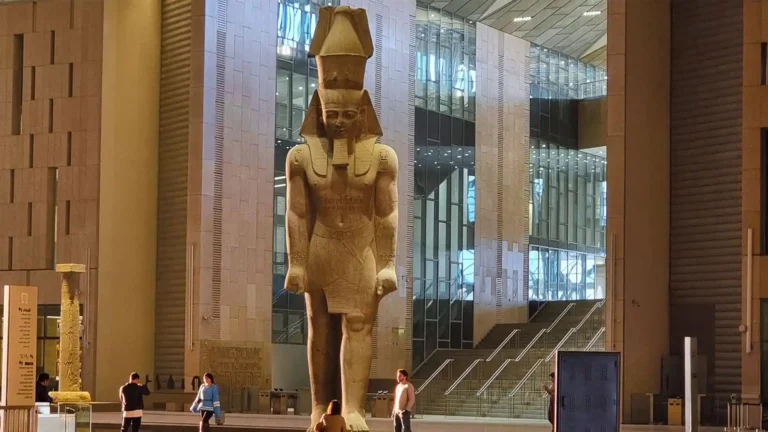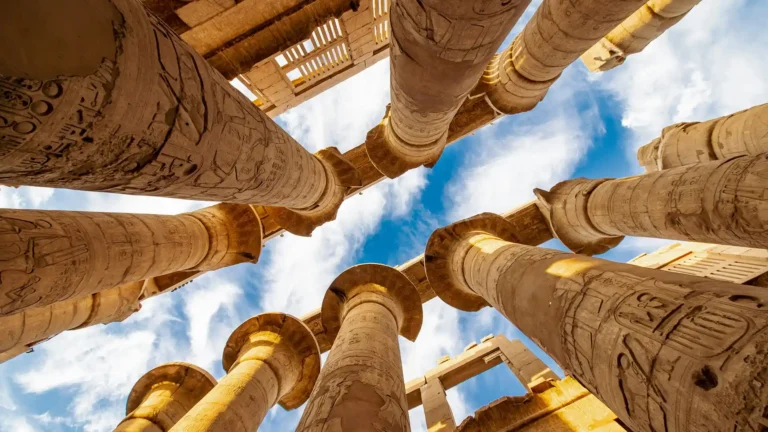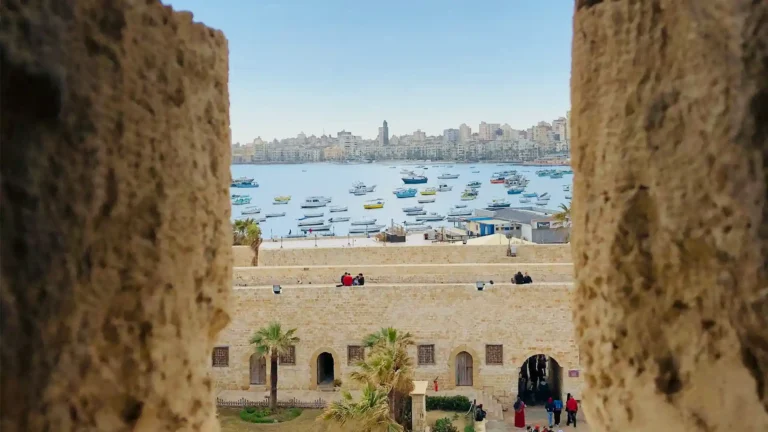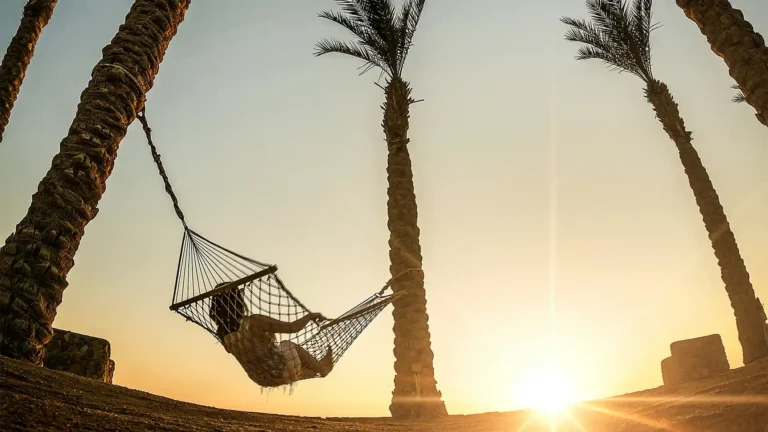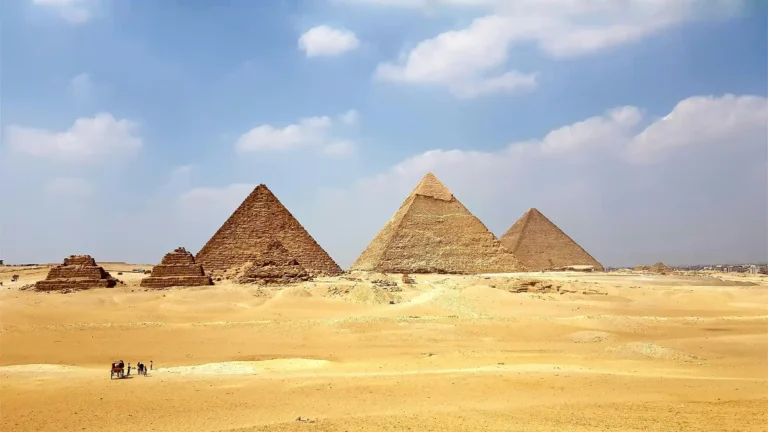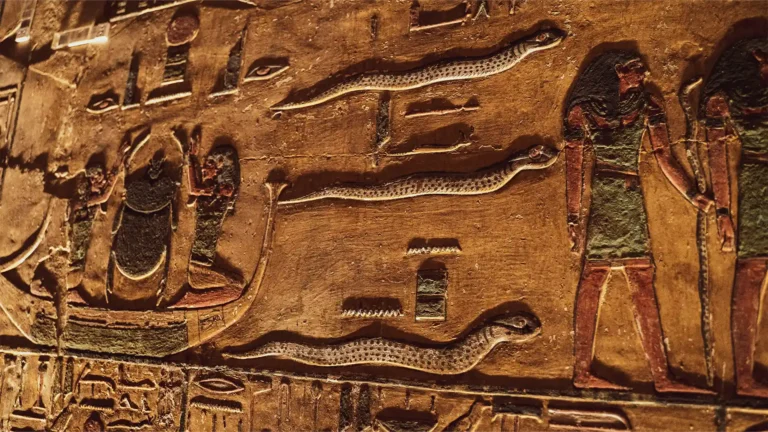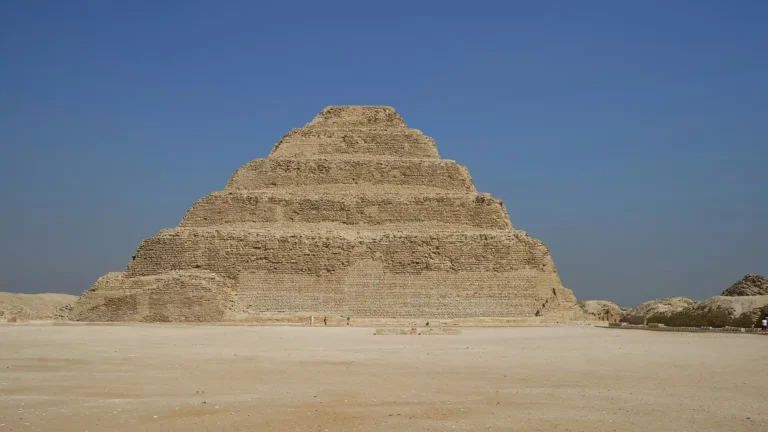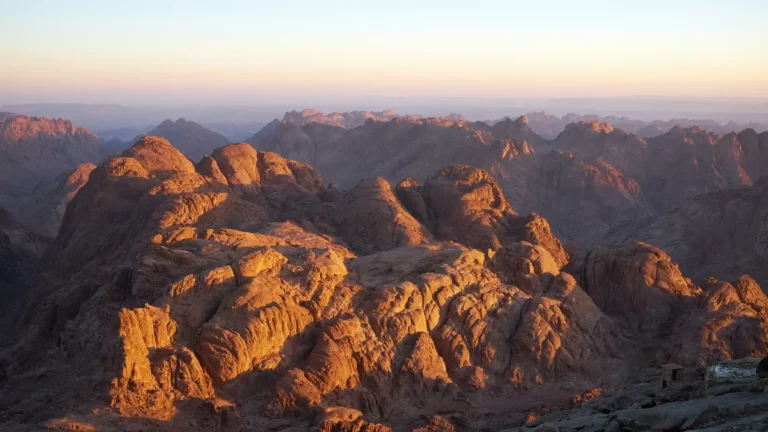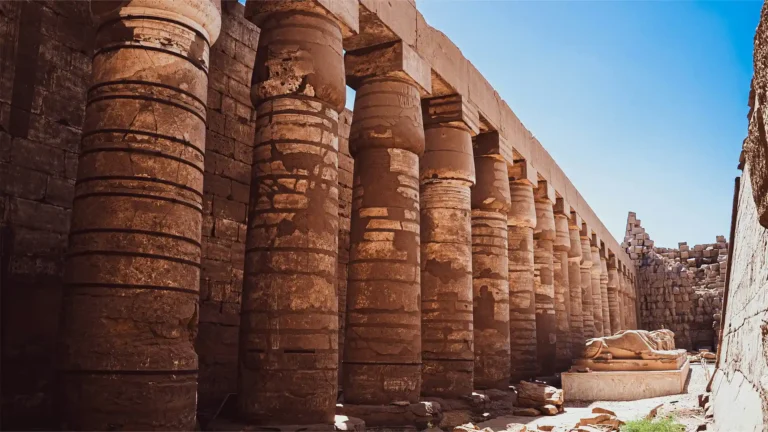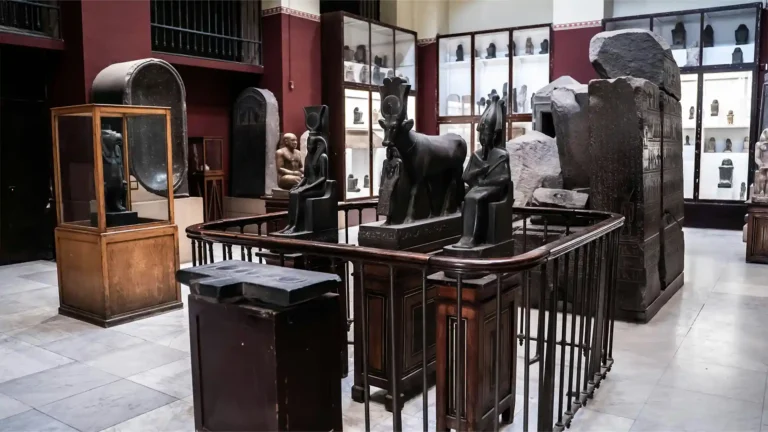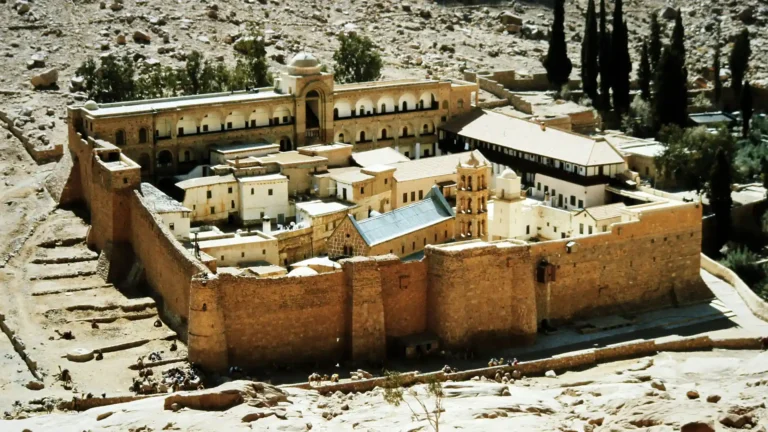Abu Simbel
A testament to the power and glory of ancient Egypt.
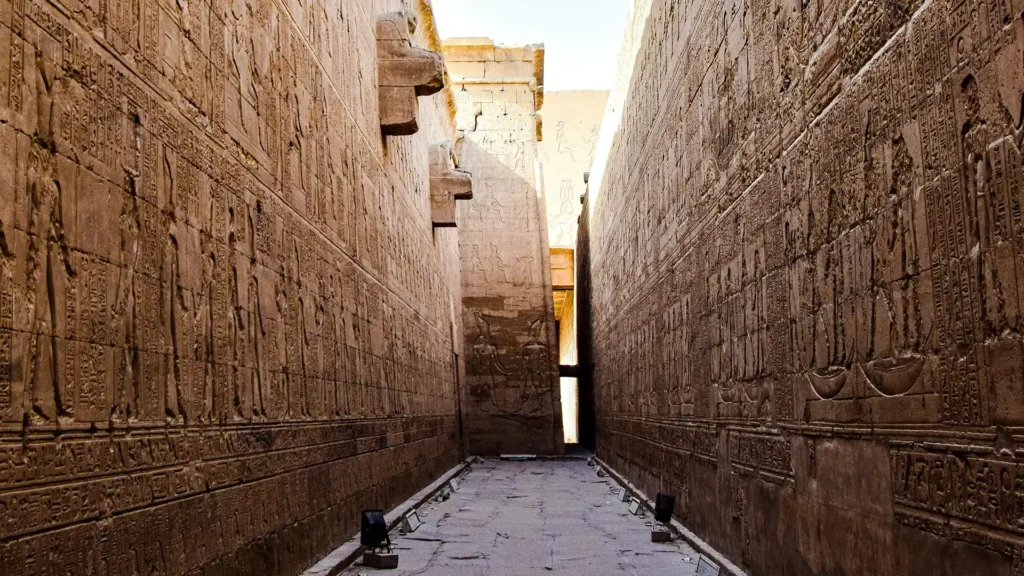
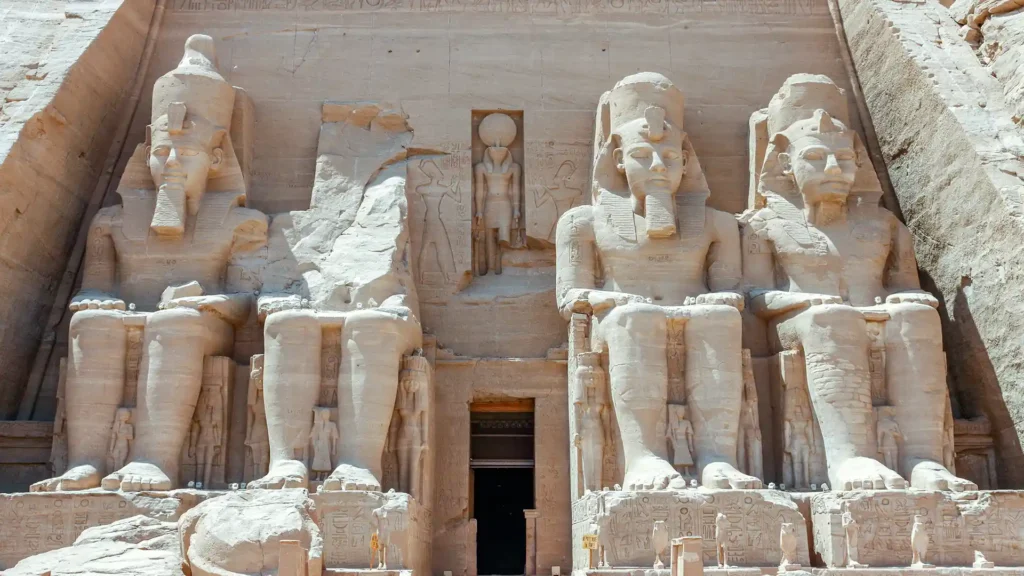
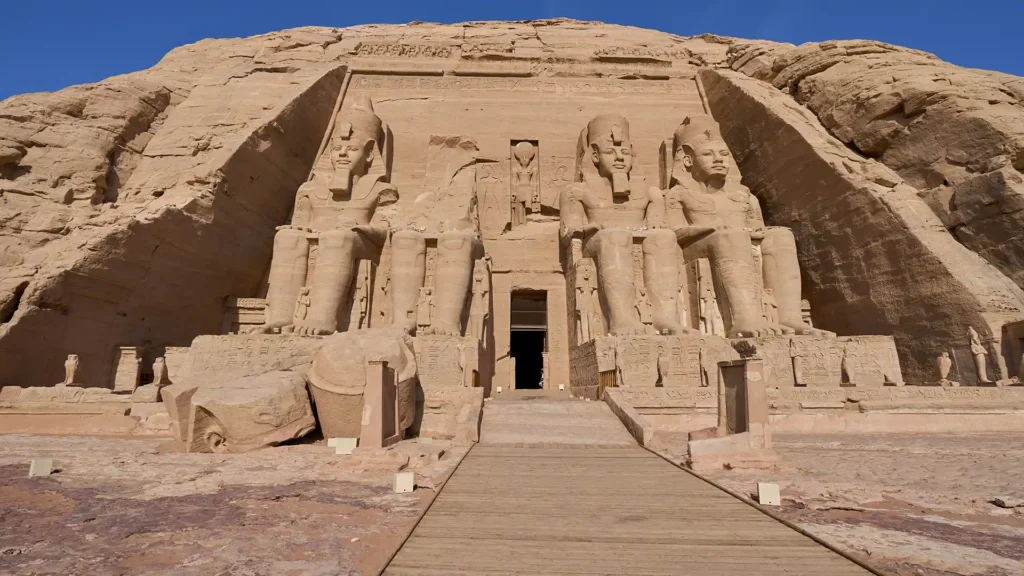
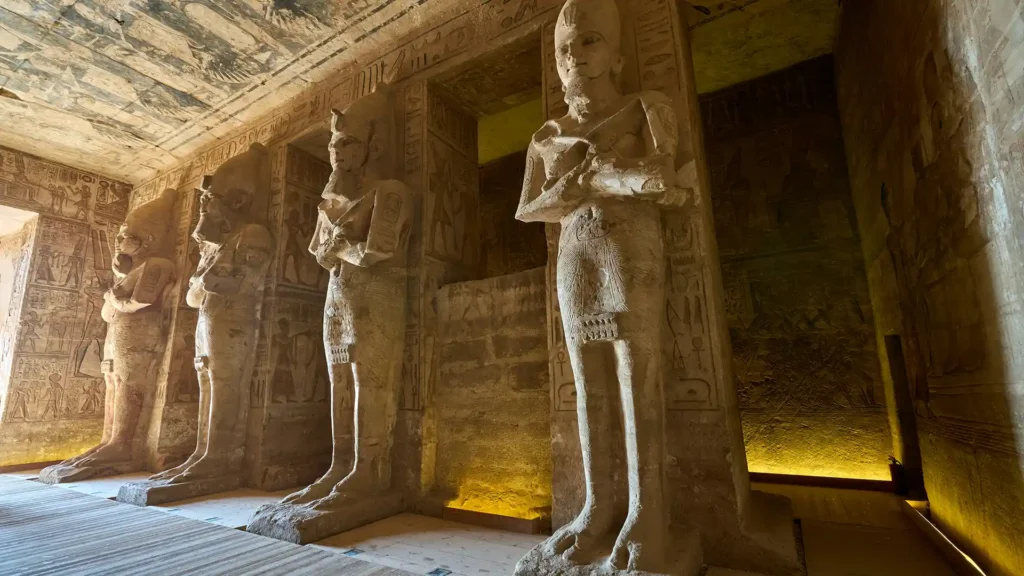
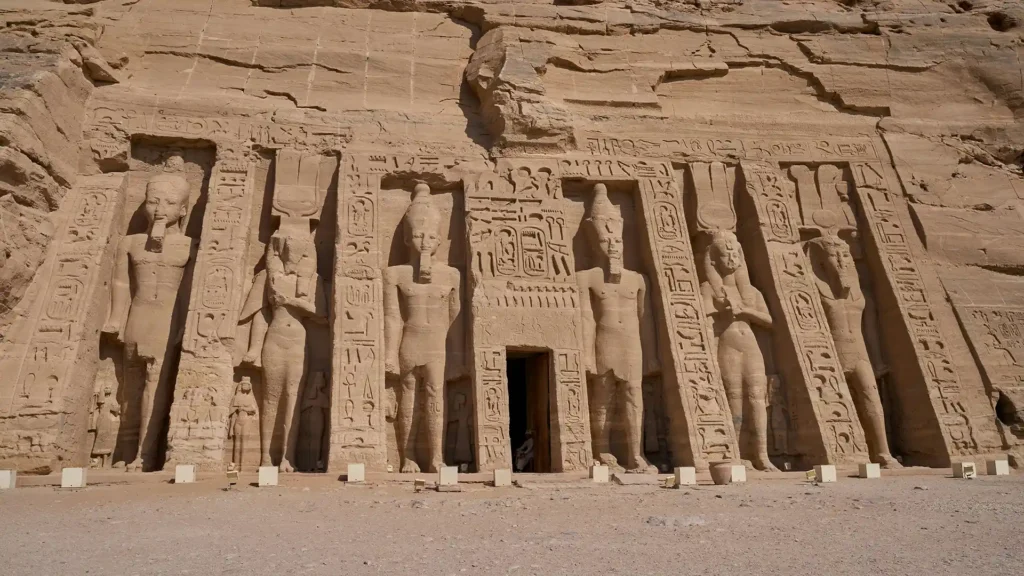
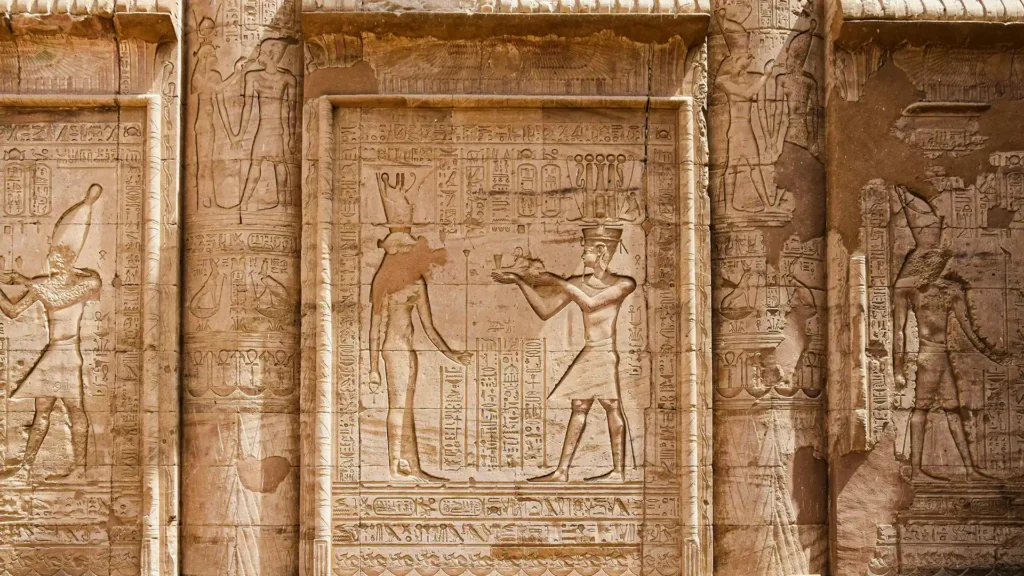
Overview
Welcome to Abu Simbel, a UNESCO World Heritage Site located in southern Egypt. This ancient temple complex was built during the reign of Pharaoh Ramesses II in the 13th century BC and is renowned for its colossal statues and intricate carvings. The temples were originally located on the banks of the Nile River, but after the construction of the Aswan High Dam, they were relocated to their current location in the 1960s to avoid being flooded. The climate in Abu Simbel is hot and dry, with temperatures often reaching over 100°F in the summer months. The surrounding area is home to a variety of wildlife, including Nubian ibex, hyenas, and desert foxes. The flora of the desert includes acacia trees, date palms, and tamarisks.
Things to Do
Abu Simbel is a fascinating destination that offers a wealth of things to see and do. Here are some of the top activities to consider during your visit:
Visit the Great Temple of Ramses II and the Temple of Hathor: The temples are the main attraction in Abu Simbel, and for good reason. The Great Temple of Ramses II is particularly impressive, with its towering statues and intricate carvings.
Attend the Sound and Light Show: This evening show is a unique way to experience the temples, as the stone structures are illuminated and narrated with music and stories.
Explore the Nubian Museum: This museum provides a great introduction to the culture and history of the Nubian people, who have inhabited this area for thousands of years.
Take a cruise on the Nile River: A relaxing way to explore the area is by taking a boat tour on the Nile. You’ll be able to see the temples from a different perspective and enjoy the scenery along the river.
Visit the Kalabsha Temple: This temple is located just a short distance from Abu Simbel and is well worth a visit. It features intricate carvings and hieroglyphics, and is one of the best-preserved temples in the region.
Explore the surrounding desert: The desert around Abu Simbel is home to a variety of unique plant and animal species, including acacia trees and desert foxes. Consider taking a guided tour to fully appreciate the natural beauty of the area.
What to See
The Great Temple of Ramses II: This temple is the main attraction in Abu Simbel, and is arguably one of the most impressive ancient structures in the world. The temple is adorned with towering statues of Ramses II, as well as intricate carvings and hieroglyphics.
The Temple of Hathor: Located adjacent to the Great Temple, the Temple of Hathor is smaller but no less impressive. It is dedicated to the goddess of love, music, and joy, and features beautiful carvings and artwork.
The Colossal Statues: The four colossal statues of Ramses II that flank the entrance to the Great Temple are some of the most iconic sights in Abu Simbel. The statues are over 60 feet tall and are incredibly detailed.
The Sound and Light Show: This evening show is a unique way to experience the temples, as they are illuminated and narrated with music and stories. It’s a great way to learn more about the history and significance of these ancient structures.
The Nubian Museum: The Nubian Museum is located in Aswan, about three hours from Abu Simbel, but is well worth the trip. The museum features exhibits on the history and culture of the Nubian people, who have inhabited this area for thousands of years.
The Kalabsha Temple: Located just a short distance from Abu Simbel, the Kalabsha Temple is another impressive ancient structure. It features intricate carvings and hieroglyphics, and is one of the best-preserved temples in the region.
Best Time to Visit
The best time to visit Abu Simbel really depends on your preferences. If you’re sensitive to heat, it’s best to avoid the summer months when temperatures can exceed 100°F. The winter months (December to February) are cooler, making it a more comfortable time to visit. If you prefer a quieter experience, consider visiting during the shoulder season (April to May and September to November) when the crowds are thinner. Additionally, if you want to experience the unique Abu Simbel Sun Festival, plan your trip during February or October.
Getting there
By Air: Abu Simbel is easily accessible by air, with daily flights from Cairo and Aswan available. EgyptAir is the main airline operating these routes. The airport in Abu Simbel is small but modern, and there are taxis and shuttle buses available to take you to your destination.
By Road: If you prefer to travel by road, you can take a bus or hire a car from Aswan, which is about a three-hour drive away. The road is generally in good condition, but it’s important to keep in mind that the area is quite remote and there are few services available along the way. If you’re driving, make sure to fill up on gas and supplies before you leave Aswan, as there are few opportunities to do so along the way.
By Rail: The nearest train station to Abu Simbel is in Aswan, which is connected to Cairo and other major cities in Egypt by rail. There are several trains per day, but keep in mind that rail travel in Egypt can be slow and somewhat unreliable. Once you arrive in Aswan, you can take a bus or hire a car to get to Abu Simbel.
Where to Stay
Mid-Range Accommodation:
eti Abu Simbel Lake Resor
Set on the shores of Lake Nasser, Seti Abu Simbel Lake Resort offers mid-range accommodation with picturesque views. The resort features comfortable rooms, a restaurant serving local and international cuisine, a swimming pool, and easy access to the temples of Abu Simbel, ensuring a pleasant stay in this historic area.
Nefertari Abu Simbel Hotel
Situated near the temples, Nefertari Abu Simbel Hotel provides mid-range accommodation with a focus on Egyptian hospitality. The hotel offers comfortable rooms, a restaurant serving Egyptian and international dishes, and a friendly atmosphere, making it a suitable choice for travelers exploring Abu Simbel.
Luxury Accommodation:
Maritim Jolie Ville Kings Island Luxor
Located on an island in the Nile River, Maritim Jolie Ville Kings Island Luxor offers luxurious accommodation with stunning views. The hotel features upscale rooms and suites, multiple dining options, a spa, a swimming pool, and lush gardens, providing a luxurious retreat in Luxor.
Hilton Luxor Resort & Spa
Positioned on the east bank of the Nile, Hilton Luxor Resort & Spa provides luxurious accommodation with panoramic river views. The resort features elegant rooms and suites, several restaurants and bars, a lavish spa, a swimming pool, and easy access to Luxor’s renowned attractions, ensuring a luxurious stay in Luxor.
Other Attractions in Egypt
General Knowledge Base
General information about Abu Simbel, Egypt.
Abu Simbel is an ancient temple complex located in Nubia, a region in southern Egypt.
Abu Simbel was built during the reign of Pharaoh Ramesses II in the 13th century BCE.
Abu Simbel was carved out of a sandstone cliff, and the facade features four colossal statues of the pharaoh himself.
Abu Simbel was built as a monument to the pharaoh and his queen, Nefertari, as well as a symbol of his power and dominance.
Abu Simbel is unique in that it was designed to align with the sun in such a way that twice a year, on the solstices, the inner sanctuary is illuminated by the sun’s rays.
Abu Simbel was rediscovered in 1813 by Swiss explorer Johann Ludwig Burckhardt.
In the 1960s, Abu Simbel was relocated to higher ground to avoid being flooded by the construction of the Aswan High Dam.
There are a total of eight statues at Abu Simbel – four of Ramesses II and four of Nefertari.

